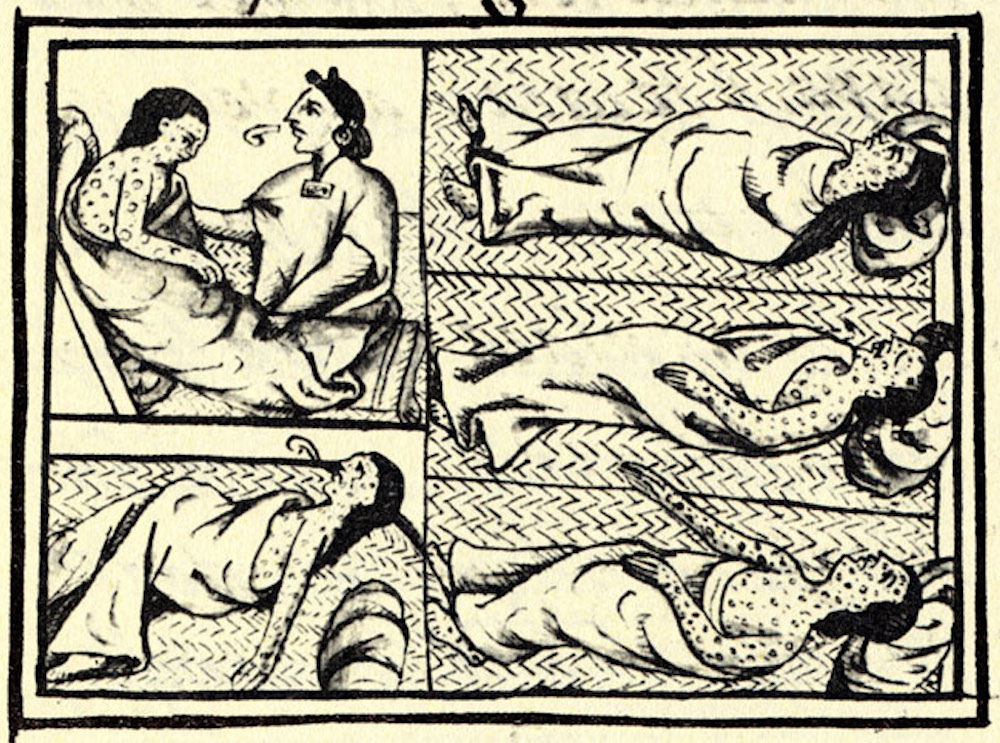Aztec Kings Had Rules for Plagues, Including ‘Do Not Be a Fool’
But When Cortés’s Soldiers Arrived Carrying a Novel Virus, the Empire First Succumbed to Smallpox and Then Fell to Spain
Every civilization eventually faces a crisis that forces it to adapt or be destroyed. Few adapt.
On July 10, 1520, Aztec forces vanquished the Spanish conquistador Hernán Cortés and his men, driving them from Tenochtitlan, capital of the Aztec empire. The Spanish soldiers were wounded and killed as they fled, trying in vain to drag stolen gold and jewels with them.
The Spanish more than deserved the routing they got, and the conflict should have ended then. But a fateful surprise made those losses insignificant. By September, an unexpected ally of …







